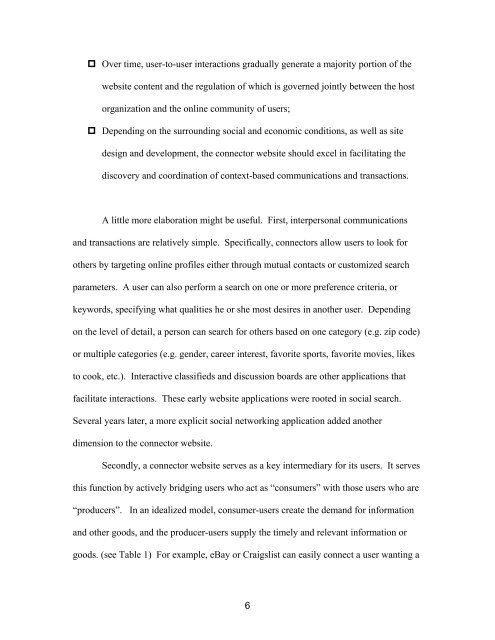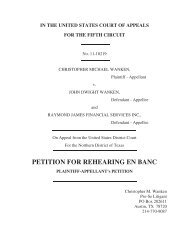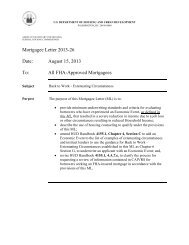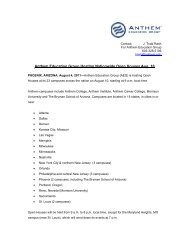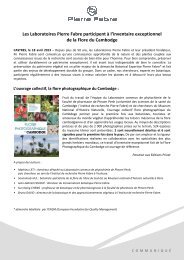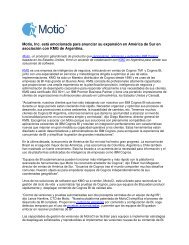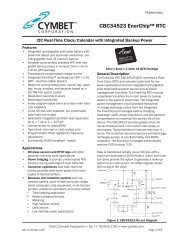The Connector Website Model New Implications for Social ... - PRWeb
The Connector Website Model New Implications for Social ... - PRWeb
The Connector Website Model New Implications for Social ... - PRWeb
Create successful ePaper yourself
Turn your PDF publications into a flip-book with our unique Google optimized e-Paper software.
� Over time, user-to-user interactions gradually generate a majority portion of the<br />
website content and the regulation of which is governed jointly between the host<br />
organization and the online community of users;<br />
� Depending on the surrounding social and economic conditions, as well as site<br />
design and development, the connector website should excel in facilitating the<br />
discovery and coordination of context-based communications and transactions.<br />
A little more elaboration might be useful. First, interpersonal communications<br />
and transactions are relatively simple. Specifically, connectors allow users to look <strong>for</strong><br />
others by targeting online profiles either through mutual contacts or customized search<br />
parameters. A user can also per<strong>for</strong>m a search on one or more preference criteria, or<br />
keywords, specifying what qualities he or she most desires in another user. Depending<br />
on the level of detail, a person can search <strong>for</strong> others based on one category (e.g. zip code)<br />
or multiple categories (e.g. gender, career interest, favorite sports, favorite movies, likes<br />
to cook, etc.). Interactive classifieds and discussion boards are other applications that<br />
facilitate interactions. <strong>The</strong>se early website applications were rooted in social search.<br />
Several years later, a more explicit social networking application added another<br />
dimension to the connector website.<br />
Secondly, a connector website serves as a key intermediary <strong>for</strong> its users. It serves<br />
this function by actively bridging users who act as “consumers” with those users who are<br />
“producers”. In an idealized model, consumer-users create the demand <strong>for</strong> in<strong>for</strong>mation<br />
and other goods, and the producer-users supply the timely and relevant in<strong>for</strong>mation or<br />
goods. (see Table 1) For example, eBay or Craigslist can easily connect a user wanting a<br />
6


